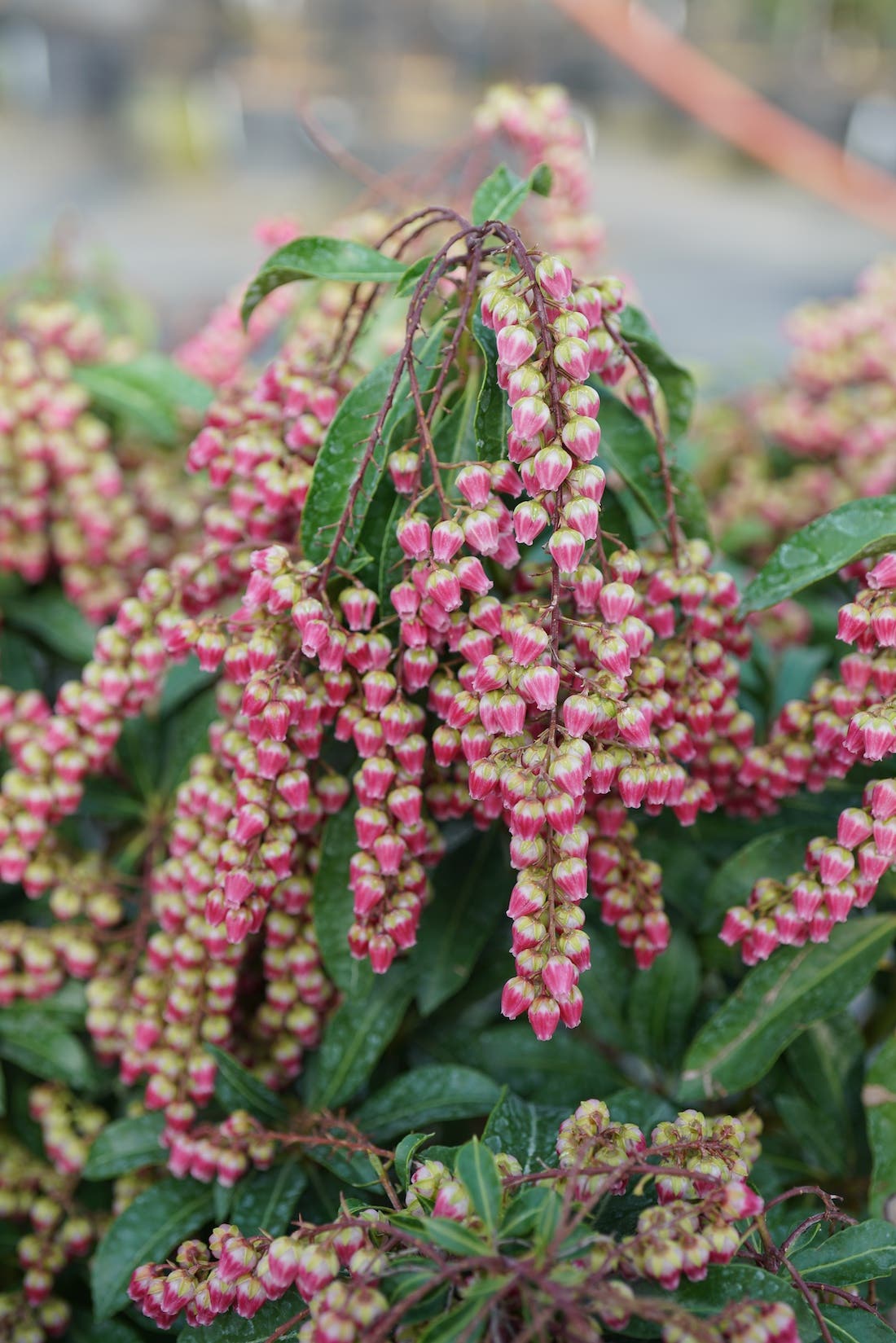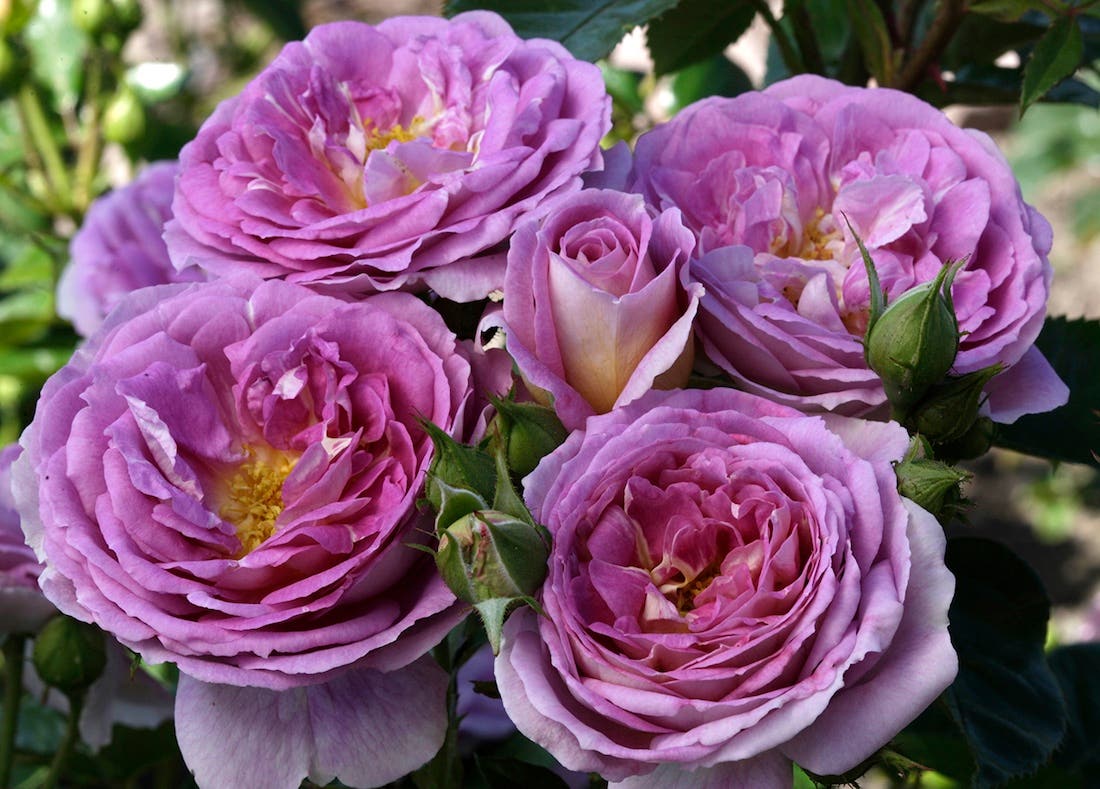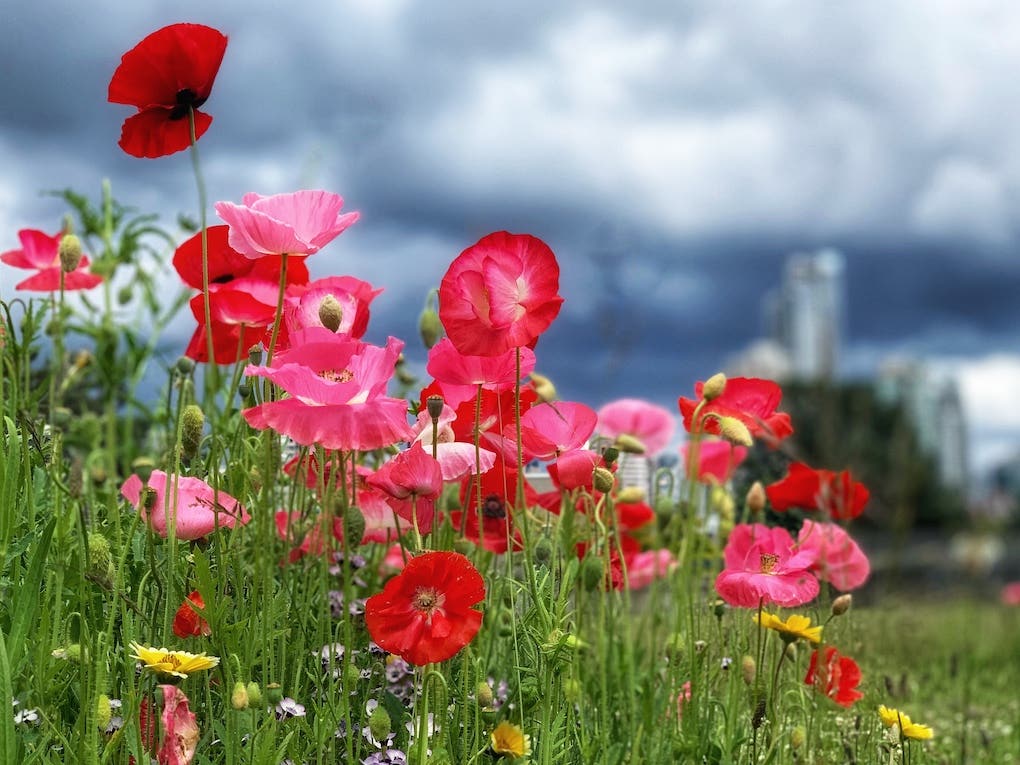Cherish Black Oak for Its Spring and Fall Color
Virtues: We love black oak (Quercus velutina) for its yellow spring catkins, red new leaves and colorful fall foliage. This native tree tolerates poor, dry soil and supports wildlife. This…
Virtues: We love black oak (Quercus velutina) for its yellow spring catkins, red new leaves and colorful fall foliage. This native tree tolerates poor, dry soil and supports wildlife. This tree is being honored in 2015 by Nebraska's GreatPlants program as the Tree of the Year.
Common name: black oak
Botanical name: Quercus velutina
Flowers: Yellow catkins appear in spring at the same time as the leaves emerge. Small acorns with deep caps mature in the fall and provide food for birds, squirrels and deer. (See how to sprout acorns.)
Foliage: Balck oak's deciduous leaves emerge with a red tinge and turn deep green as they mature to 10 inches long. They are the typical oak leaf in shape. Black oak leaves turn yellow to red in fall and sometimes hold onto the tree into winter.
Habit: Deciduous tree growing 50 to 60 feet tall with a crown of a 50 to 60 feet wide.
Season: Spring through fall, for shade and color provided by its foliage.
Origin: Roughly the eastern half of North America, in dry upland woods.
How to grow black oak: Provide full sun and well-drained soil. Black oak prefers regular moisture but has a good tolerance for dry conditions, too. Black oak trees can take poor soil. USDA Zones 3–9.
Image: "Quercus velutina 002" by Willow - Own work. Licensed under CC BY 2.5 via Wikimedia Commons.
_____________________________________________
Gain a new appreciation of the beauty of trees with the amazing photos in Trees Up Close.
Read the inspiring stories of people whose love of trees has shaped their lives in Keepers of the Trees: a Guide to Re-Greening North America.







